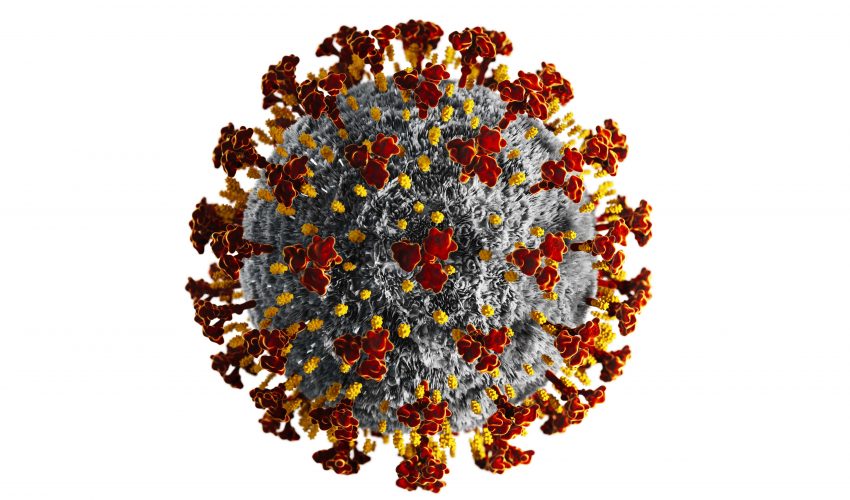Post Views: 1,998
Views No Comments
The invisible enemy, also known as COVID-19, is being studied by scientists and medical experts to discover why it is much more contagious than the seasonal flu. The novel virus is now responsible for over 1 million infections and 90,000 deaths. It has caused a global pandemic leading scientists to analyze the shape and features of it.
Scientists estimated the genetic makeup and appearance of the virus based on their knowledge of related coronaviruses, such as the first SARS virus (SARS-CoV). Since then, the CDC released an image of the virus which shows a wrinkled-appearing grey ball that has red spikes.
The spikes give the virus the ability to stick to a protein called ACE2, commonly found on the surface of our cells. The specific contours of SARS-CoV-2’s spikes make it easier to stick in comparison to the previous SARS. Medical experts believe that the coronavirus spikes contains three segments: a large ectodomain, a short intracellular tail, and a single-pass transmembrane anchor.
The particles of COVID-19 are spherical and have spike proteins that protrude from their surface. The spike proteins allow the virus to gain entry into human cells. To do so they undergo a structural change that allows the viral membrane to fuse with the cell membrane. The virus’s genes will then enter the host cell to be copied, producing more viruses.
According to the researchers at NIH’s National Institute of Allergy and Infectious Diseases (NIAID), they found that the SARS-CoV-2 spike is 10 to 20 times more likely to fuse ACE2 on human cells than the spike from the SARS virus in 2002. This may be the answer as to why SARS-CoV-2 spreads more easily than the previous coronavirus.
According to ProSci Inc, the structure of COVID-19 (SARS-CoV-2) contains the following: a spike protein (S), hemagglutinin-esterease (HE), an envelope protein (E), a membrane glycoprotein (M), a nucleoclapid protein (N) and RNA.
Spike protein (S) is is the largest structure and makes the spikes protruding from the surface of the virus. For coronaviruses, the S protein is split by a host cell furin-like protease into two distinct polypeptides S1 and S2.
Nucleocapsid protein (N) binds to RNA in vitro and binds the viral genome on a string type conformation. This protein is believed to help tie the viral genome to replicase-transcriptase complex (RTC) into viral particles.
Envelope protein (E) is found in small amounts in the virus. It is likely a transmembrane protein that has ion channel activity. The protein orchestrates the assembly and release of the virus.
Membrane protein (M) is the most abundant structural protein. It might have two types of conformations to promote membrane curvature and bind to nucleocapsid.
Hemagglutinin-esterase dimer protein (HE) exists in a subset of beta coronaviruses. The protein is believed to enhance S protein-mediated cell entry and the virus’s spread through the mucosa.
RNA is the genome of the virus.
Each particle is not the same
Each virus particle is not the same. There are differences will each particle as they are not identical. Some are more egg-shaped while others are more circular. The size of the particle can also range from 80-160 nanometers.
Working on a vaccine
Medical experts are working on a vaccine although it is expected to take about a year. Medical treatments are targeting the SARS-CoV-2 spike protein. The spike protein will likely be used to isolate antibodies from recovering coronavirus patients. If this is successful it may be used to treat patients before a vaccine can be given to the public next year.
Resources:
https://www.wired.com/story/to-beat-covid-19-scientists-try-to-see-the-invisible-enemy/
https://www.prosci-inc.com/covid-19/
The invisible enemy, also known as COVID-19, is being studied by scientists and medical experts to discover why it is much more contagious than the seasonal flu. The novel virus is now responsible for over 1 million infections and 90,000 deaths. It has caused a global pandemic leading scientists to analyze the shape and features of it.

